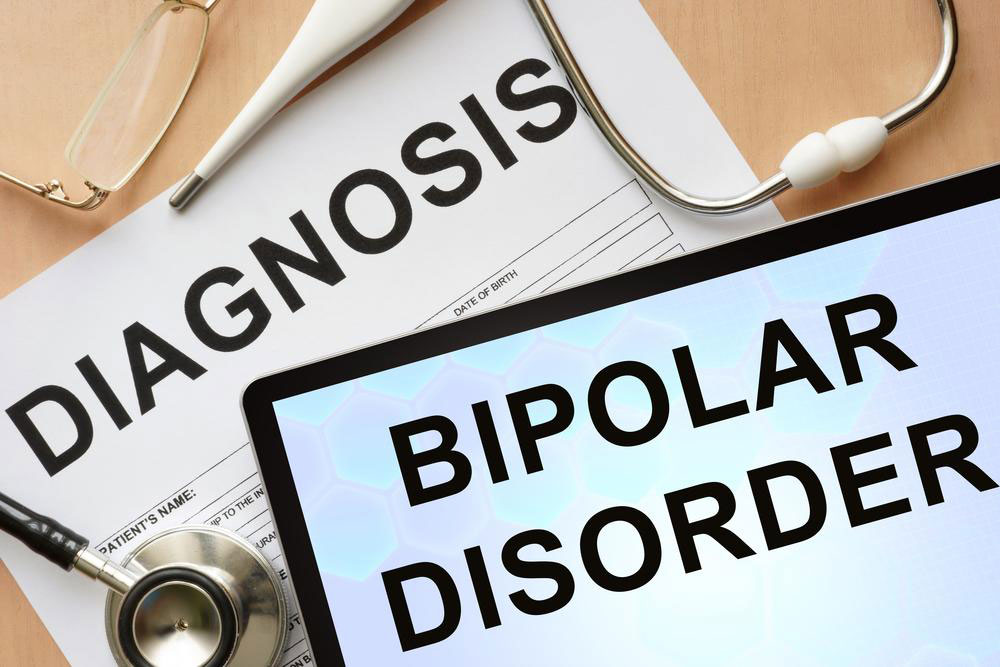Comprehensive Insights into Living with Bipolar Disorder: Symptoms, Types, and Management
This comprehensive guide offers in-depth insights into bipolar disorder, including its symptoms, types, risk factors, and diagnosis. Understanding this complex mental health condition is essential for early intervention and effective management. Learn about how bipolar disorder impacts lives and what treatment options are available to help individuals achieve stability and well-being. The article emphasizes the importance of awareness, early detection, and medical support to improve outcomes for those affected.

Comprehensive Insights into Living with Bipolar Disorder: Symptoms, Types, and Management
Bipolar disorder is a complex mental health condition that often flies under the radar, with many individuals and even healthcare providers mistaking it for ordinary mood swings or temporary emotional turbulence. Despite its subtle presentation in some cases, bipolar disorder is a serious, chronic psychiatric condition that can drastically influence a person's daily functioning, relationships, and overall quality of life if left untreated. According to recent statistics, approximately 5.7 million adults in the country are affected by bipolar disorder annually. Recognizing this prevalence highlights the importance of awareness, early diagnosis, and effective treatment strategies for those living with the disorder.
This mental health condition does not discriminate based on age, affecting both children and adults. The spectrum of symptoms can range from extreme episodes of happiness and high energy—referred to as mania—to deep, debilitating depressions that impair motivation and self-care. Proper identification of symptoms and timely intervention are critical in managing bipolar disorder effectively, allowing patients to lead more stable and fulfilling lives.
Understanding Bipolar Disorder
Bipolar disorder is characterized by extreme and sometimes rapid mood swings, with episodes of mania—marked by elevated energy levels, euphoria, and impulsivity—and episodes of depression, involving feelings of sadness, hopelessness, and even suicidal ideation.
Who Is at Risk of Developing Bipolar Disorder?
While anyone can potentially develop bipolar disorder, research indicates that women are more susceptible than men, though the reasons for this disparity are still being studied.
Diagnosis can be challenging because symptoms often mimic common mood variations or emotional responses. Awareness of warning signs, such as persistent euphoria, risky behaviors, sleep disruptions, sudden substance use, or suicidal thoughts, is vital for early intervention.
The Main Types of Bipolar Disorder
There are three primary categories: Bipolar I, Bipolar II, and Cyclothymia. Each varies in severity, duration, and symptom presentation.
Bipolar I Disorder involves at least one manic episode that may be preceded or followed by depressive episodes. This type affects males and females equally.
Bipolar II Disorder is characterized by major depressive episodes lasting up to two weeks along with hypomanic episodes that last around four days. It is observed more frequently in women.
Cyclothymia features frequent but less severe mood swings, with symptoms that may persist over extended periods, often making diagnosis more subtle.
Causes and Risk Factors
Genetic predisposition plays a significant role; having a family history of bipolar disorder increases the likelihood of developing the condition.
Structural and functional abnormalities in the brain, identified through neuroimaging studies, contribute to the disorder's manifestation.
Environmental influences such as significant stress, traumatic life events, substance abuse, or physical health issues can act as triggers for mood episodes.
Diagnosing Bipolar Disorder
Early detection depends on recognizing behavioral changes such as fluctuating moods, altered energy levels, and thoughts of self-harm or suicide, often reported by close contacts or family members.
Medical assessments include physical exams, blood tests, and urine analysis to exclude other possible causes of symptoms.
Psychiatrists or licensed mental health professionals utilize structured interviews and standardized diagnostic criteria, often encouraging patients to maintain mood diaries to track symptom patterns over time.
Understanding bipolar disorder requires awareness, compassion, and proactive management. With advances in psychiatric treatment, patients can access medications, psychotherapy, lifestyle modifications, and support networks that significantly improve their quality of life. Continued research and education are vital in reducing stigma and fostering early diagnosis, ensuring individuals affected by this condition receive the care and understanding they deserve.





